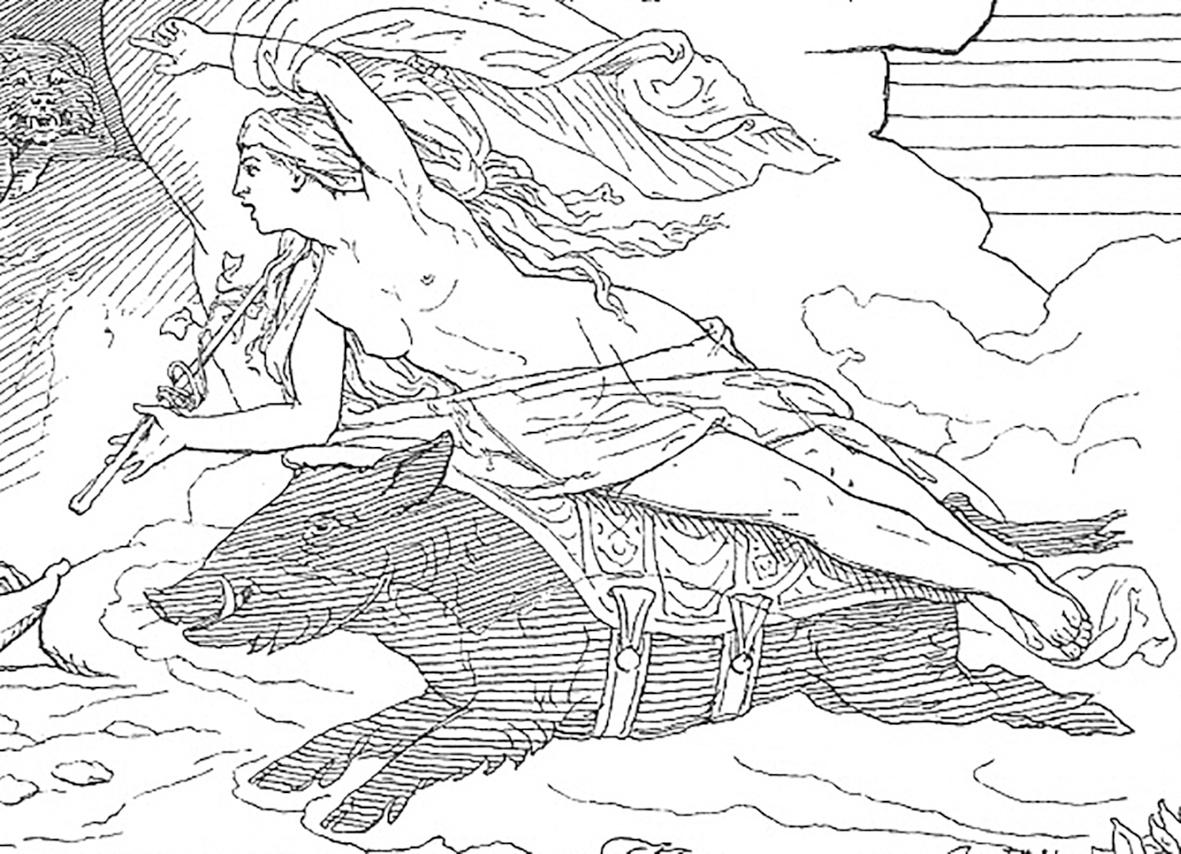Vagabonds, or the Art of Joy: magical alliances and activism
Documents d’Artistes Network partnered with AICA France and the Art Newspaper France for the program “Points of View,” launched by the DDA network with the goal of writing and publishing critical texts using the Documents d’Artistes resource website. The third text by one of our four laureates, Marianne Derrien, is published here; it has also been published in The Art Newspaper France and on the AICA France website.
Vagabonds, or the Art of Joy1: magical alliances and activism
Everything here is alive and connected. Through “magical thinking,” Virginie Barré, Suzanne Husky, Anita Molinero and Elsa Brès investigate areas not-yet-explored looking for what is not always visible. This is the work of vagabonds. In the city, the countryside, suburbs or farmland, from paved to rocky roads, their works are searching, moving and growing like a plant from a crack in the wall, coming out of fissures in organic and synthetic rock. Then, at a crossroads, on the side of an imaginary street, the meeting takes place.
A transformational joy
Odette Spirite, a character written by multiple authors, portrayed by Virginie Barré, is trapped between the world of the living and the world of the dead, where we follow her, in this almost-silent film, on a ghostly journey. Though the artist likes to work in seclusion, while on the move, her characters pass from film to film and from panel to panel in drawings. With continuity between the different stories, the ghosts return. The fantastical world adds a certain solemnity to bodies, a burlesque word play or montage. In between land and sea in Bretagne, the film Rêve Géométrique (geometric dream) guides the eye in a visual dance using invisible forces. Then comes Amédée, La Cascadeure (the stuntwoman), a female character who wakes up on the coast in Finistère after an accident to go out in search of her past. The collectively imagined, six-episode story is one of individual liberation in the form of a film freed from convention.
Through adventure, sociability, and learning to be free, Suzanne Husky, for her part, goes out to meet spiritual figures like Starhawk, American activist, ecofeminist and author of Dreaming the Dark: magic, sex and politics, filmed by the artist during a ritual. Alongside camera work, the artist also treats questions of power relations, especially those of opposing powers accessed through manual and artisan practices, like ceramics and tapestry. Such practices are underpinned by a socioeconomic context of production that can transform into an accessible tool of critique. Going from San Francisco, a land of counter cultures in the American west, to Bazas, Nouvelle Aquitaine, where she now lives, Husky traverses many worlds and empowering voices that challenge official and prevailing narratives about ecological change. In a tale or Manifesto, the artist knows how to observe, transform and advocate for life, how to tie everything together, from art to science, from love to politics.
Try resistance or go underground
If political history can physically influence a landscape, this alternative, militant stance is central to the work of Anita Molinero and Elsa Brès. For Molinero, sculpture is essential for its alchemical and narrative force. At first sight, it is what it is: a garbage can, construction cones, a tailpipe, among other manufactured objects she’s collected. Then she cuts, burns and slashes, sculpting to see what resists and what doesn’t. Pétroleuse2 or Zippette3? Pirate, pillager, or killer? It has to burn, it has to get hot, even if the Styrofoam sticks. Often very sexual, even grotesque, her work sparks in reaction to the arrogance of the world of industry that controls and exploits bodies and minds. By literally solidifying energy, complex chemical life emerges from asphalt. For several years, in Marseille, the urban gleaner came across miraculous and disastrous collective dramas. Addressing taboos on dirt and debris familiarly, the speech stutters, slips, jokes, splits and hacks all the plastic taking up so much space in our world. More than alive, the work breaks free of the mortifying straitjacket placed on monumental sculpture, fusing language, science fiction and cinema with special effects guaranteed.
Film is the domain of Elsa Brès. The artist travels to a not-too-distant future in a forest of the Cevennes to find alliances between boars and humans. With three parts, three formats, and in three different eras (the middle of the 16th to the start of the 21st centuries), Les Sanglières (the female boars) is experimental fiction using tools from quantitative ecology in the writing process, calling the privatization of land and communal space into question. In the alliance, which is as much about ecology as social conflict, a real and fictional family gradually builds an autonomous mode of organization in nocturnal meetings. The infrared camera becomes a geographical, even animal eye, tracking, digging, watching and preparing what’s to come. Traveling in time unearths lost things without exploiting or subduing them. The end of one world is the beginning of another, a world that puts magic to work, becoming a creative weapon of political struggle.
If something is to emerge, it’s surely these human and non-human beings that blossom and sow trouble together in their wanderings, creating other forms of kindship, zones of resistance and autonomy. These four women “who make a fuss,” in the words of Isabelle Stengers and Vinciane Despret, are fueled by movement, free or constrained, between different domains. Unlike beliefs or stories promoting withdrawal from the world, here the power to act is expressed through visible and invisible forces—as long as there are stars in the sky.
Notes :
1 The title of a book by Goliarda Sapienza, first published in English by Farrar, Straus and Giroux, 2013.
2 Pétroleuses: female figures in the Paris Commune known for setting fires;
3 “A Zippette Moment…is when a woman boldly rolls the flint wheel of her Zippo across her jeans to light it before snapping the lid back down” (http://www.documentsdartistes.org/artistes/molinero/repro1.html)
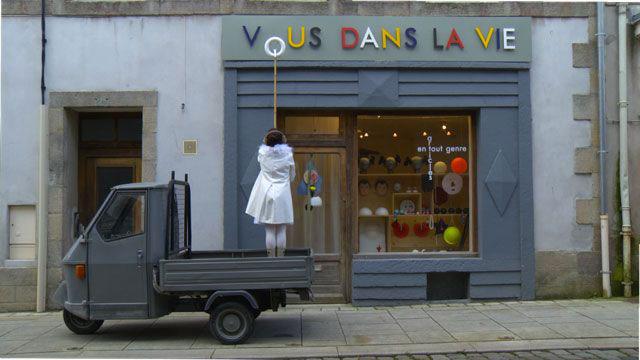
Un film de Virginie Barré, Claire Guezengar, Florence Paradeis Production : 36” - Rennes / Ouest Provence - Istres, avec le soutien de la DRAC Bretagne et de la Région Bretagne, en partenariat avec le CNC, vidéo HD, couleur, sonore, durée 14min07 - Collection Fonds Départemental d’Art Contemporain d’Ille-et-Vilaine
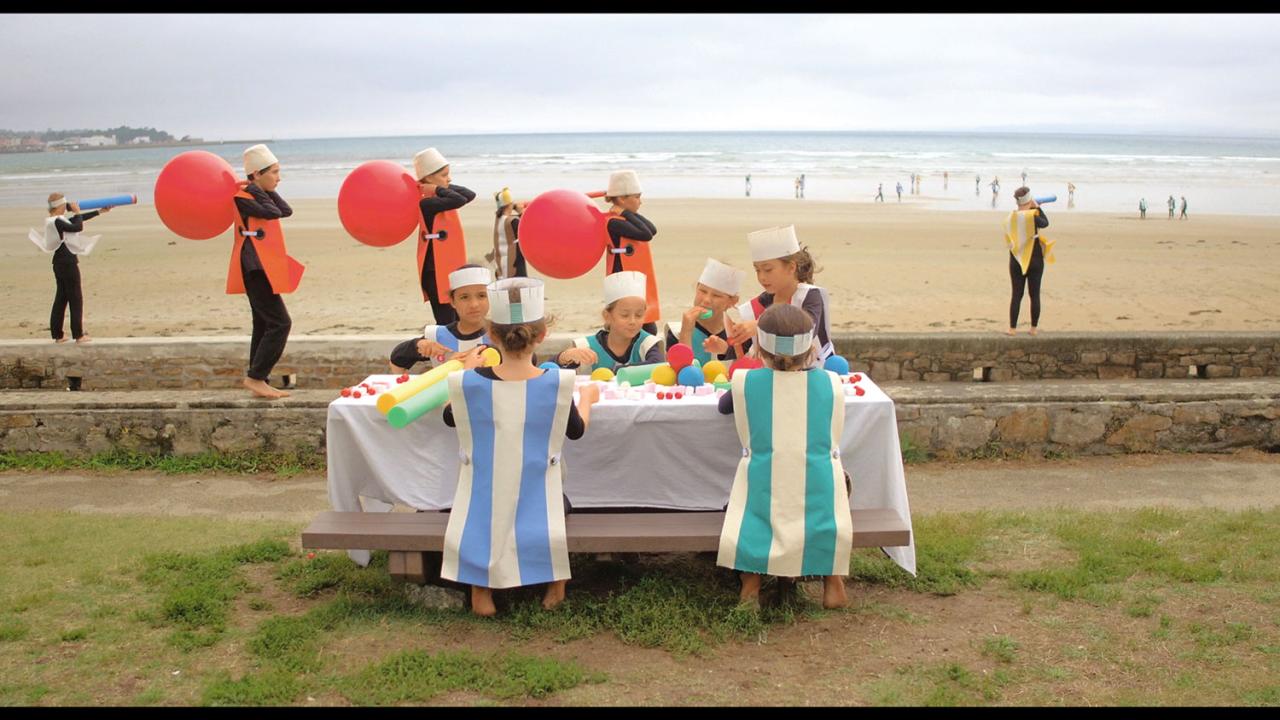
Court métrage 4K couleur sonore, durée 13mn31
Production : Les 48°Rugissants et 36secondes
Musique : Pierre Lucas
Collection FRAC Bretagne
Virginie Barré © Adagp, Paris
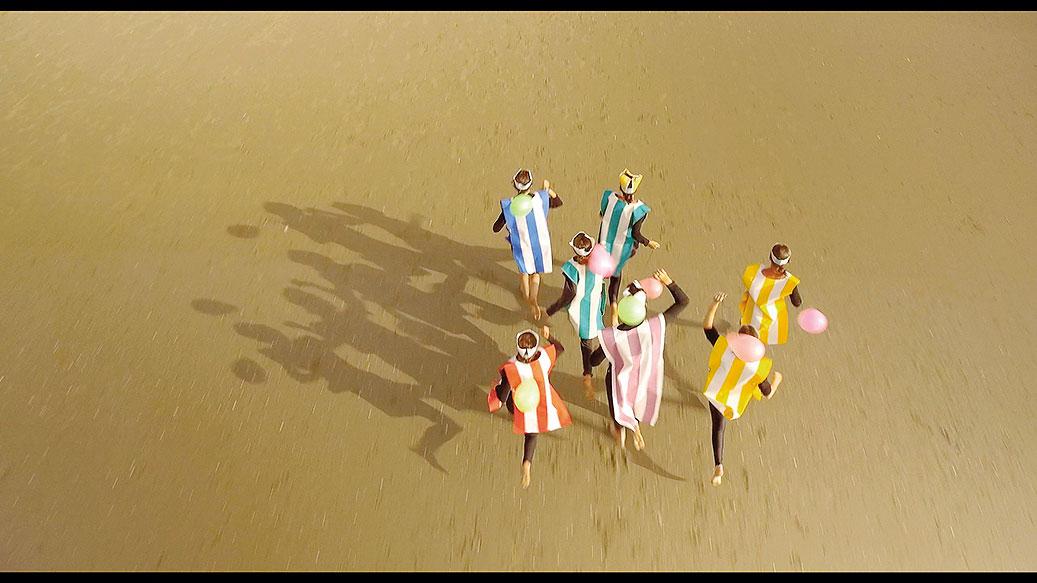
Court métrage 4K couleur sonore, durée 13mn31
Production : Les 48°Rugissants et 36secondes
Musique : Pierre Lucas
Collection FRAC Bretagne
Virginie Barré © Adagp, Paris

une série originale de Virginie Barré, Romain Bobichon et Julien Gorgeart
6 épisodes, fiction, couleur, 79’, 2019
Photo : Julien Gorgeart
Virginie Barré © Adagp, Paris
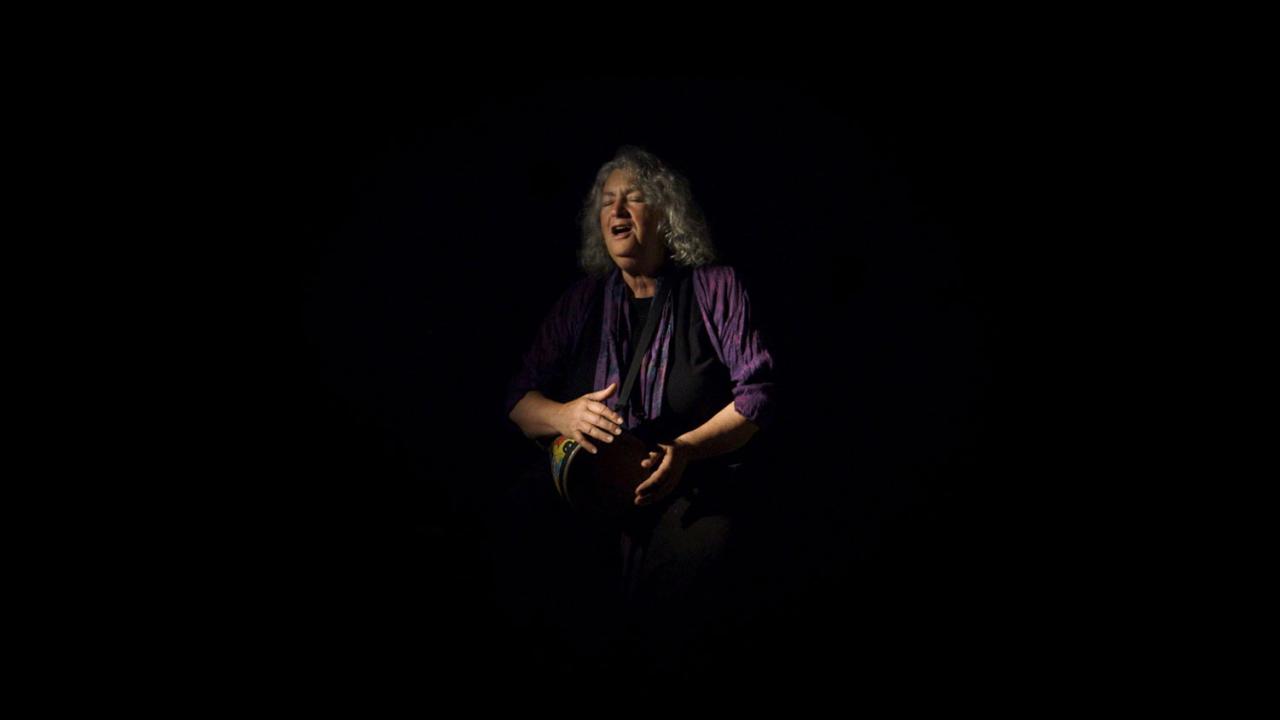
Film. 30min

Film, 1h30min
Nouveau Ministère de l'agriculture, 2020
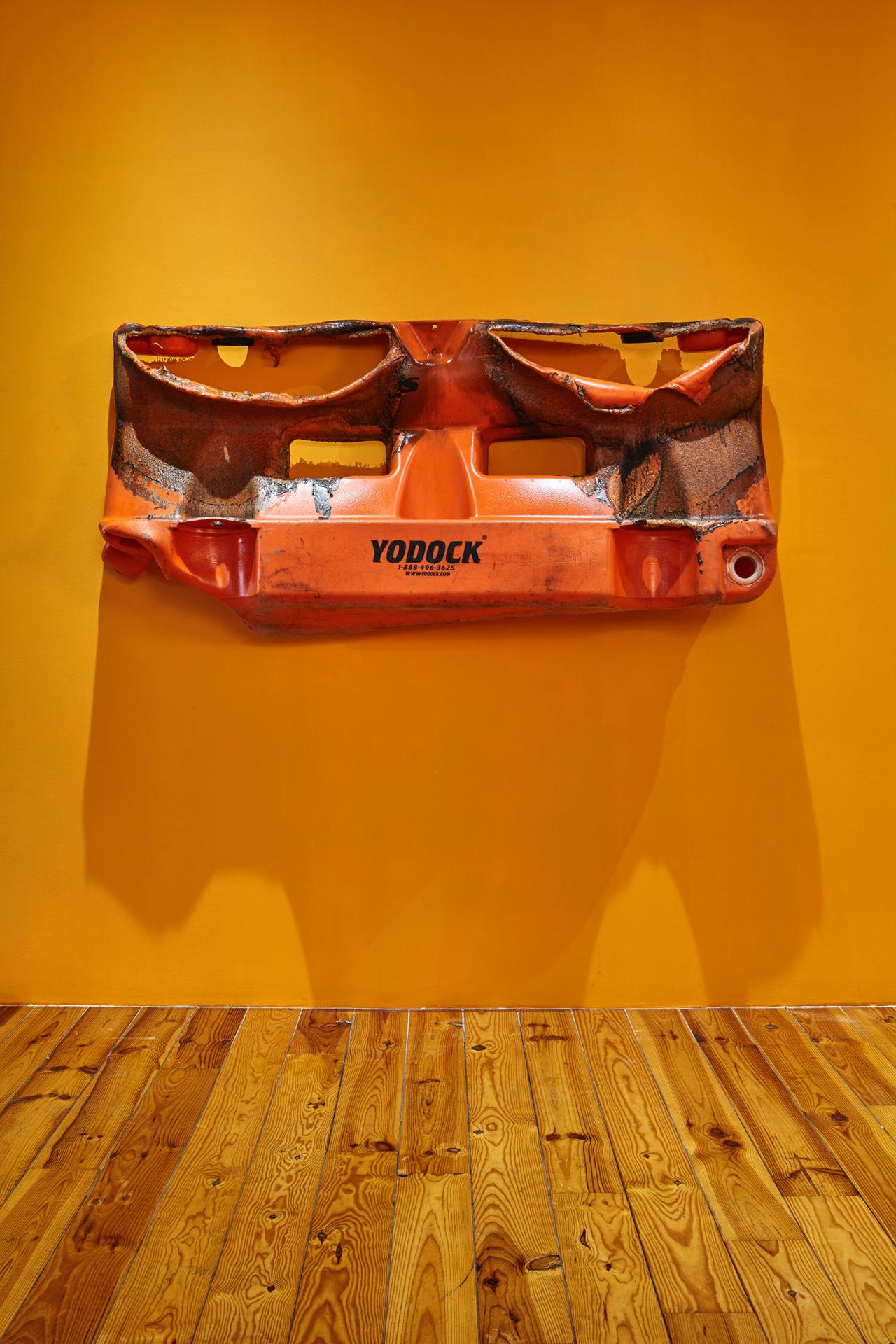
Polyprolylène
200 x 80 x 40 cm
Pièce unique
Courtesy : Galerie Thomas Bernard / Cortex Athletico, Anita Molinero
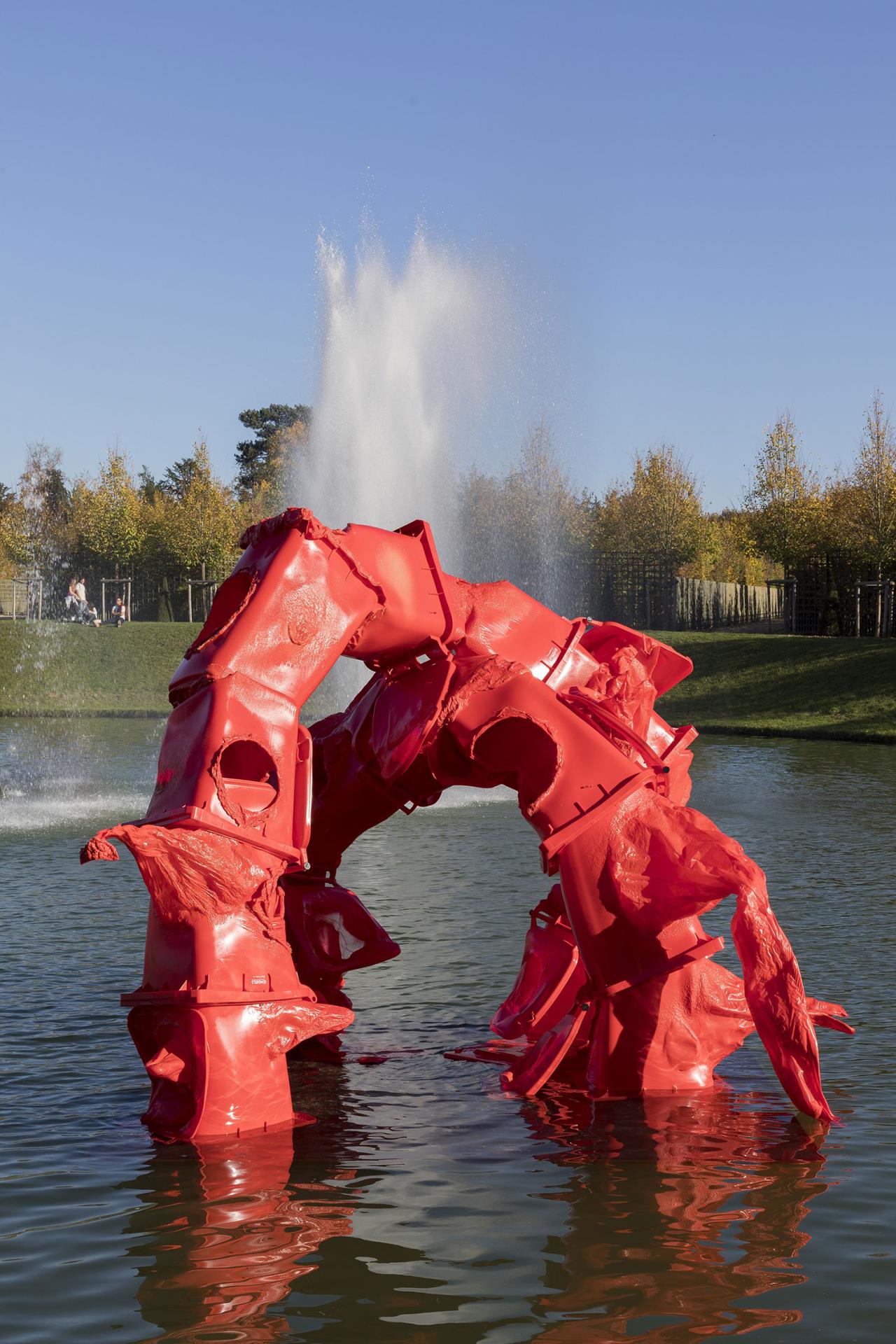
Ensemble de poubelles rouges en PVC fondues
Dimensions variables
Pièce unique
Vue de l'exposition Voyage d'hiver, Château de Versailles, 2017
Crédit photos : Tadzio

